What is Corrective Exercise & How it Benefits Clients & Trainers Alike
Corrective exercise is increasing in popularity and it’s not just clients seeking to heal old injuries but endurance athletes as well. In fact, it’s predicted to be a growing trend in 2022. With clients returning to the gym after a few years away, they’re looking for ways to ease back in responsibly. So what is Corrective Exercise, and why is it gaining popularity?
What is Corrective Exercise?
Corrective Exercise is a category of exercise that helps improve or correct movement and positioning of the body. Any dysfunction can cause pain, increase the risk for injury, or cause other dysfunction in the body. Corrective Exercise is used to resolve core problems that affect posture, balance, and coordination. If your clients aren’t moving correctly or have poor form, you can use these types of exercises to help get them back into alignment.
Corrective exercises are personalized to each individual client based on their needs and limitations. They often look more gentle than the routines you might be used to putting together, including some stretch and strengthening positions that appear similar to yoga poses.
Because each program is personalized, it requires an understanding of anatomy, kinesiology, and biomechanics to accurately assess issues in the body and then create a corrective exercises routine.
Though the exercises themselves appear gentle, results can be seen relatively quickly.
How to Assess Your Client
Just like any assessment, understanding your client and their key metrics will help to establish a foundational understanding of where they are starting from. Especially when starting a corrective exercise routine this is important, it requires really getting to know them. There are two important elements in an initial consultation that will help you build a thorough assessment:
Verbal Assessment: Getting to know your client’s health history is important to establish an effective corrective exercise routine. It’s an opportunity to understand what their goals are and any limitations they might have and establish a starting point to compare to when measuring progress.
Hands-On Assessment: This can mean a lot of things usually relating to measuring a client’s body in some way, but it can also mean measuring range of motion and strength. Most essential to this process is establishing trust with your client. Consent is a powerful concept and applies even in this setting. Some clients may not care if you touch their bodies, but there are many who will appreciate the communication and that you have asked for their permission as you handle their bodies. Also, communicating what you’re doing and why as you take measurements while working quickly will put your client at ease. Make sure to record your findings and relate their meaning back to your client.
Why is it Important?
Movement is a part of everyone’s life. Often it’s not until someone experiences an injury that they realize they’ve been taking it for granted, and then they start the long and difficult process of healing their body. Usually, this is in the form of surgeries, physical therapy, and other serious interventions. Often, these injuries started as small misalignments that could have been corrected, avoiding the massive interruptions bigger injuries cause.
Moving freely, pain-free is a privilege. Especially as we age. It doesn’t have to be though. Through corrective exercise, your clients can restore mobility, posture, stability, and balance and pursue greater physical goals in the process. Having a deeper understanding of Corrective Exercises will allow you to spot potential issues in your clients and address them before they become big problems.
Benefits of Corrective Exercise?
For Clients: Quality of Life
Pain Relief
Recovery from an injury, or preventing injury
Restoration of mobility
Help reach fitness goals
For Trainers
Prevent injury in clients
Get clients to return to training after injury sooner
Improve client performance, no matter the fitness level
Differentiate yourself from other trainers
Who is it For?
The great thing about Corrective Exercise is that it can be modified for anyone to use. It can be adapted to anyone’s fitness level or physical limitations. This opens up a lot of opportunities for a new client base and holding on to clients as they heal from injuries.
Corrective Exercise is important for everyone, especially in an increasingly sedentary world. Posture, in general, is a challenge, but for those working from home or the office, it remains especially difficult. Sitting for long periods in front of a computer or at a desk encourages a laundry list of problematic postural behaviors.
Especially for those who are sedentary for most of the day, Corrective Exercise can be a good segue into being more physical. Sure, intense exercise is popular and tempting, but going from one extreme to another can contribute to injury. Not that this is news to you, as a trainer you know that the body needs to be prepared for explosive movement.
A Cut Above
Helping your clients build a solid foundation of alignment, posture, and stability will create long-term success for both of you. They are more likely to reach their goals without injury, and you are more likely to reach your own business goals. This opens up opportunities for your clients to continue to grow and no doubt instill a deeper sense of trust in you.
While all trainers have a basic understanding of form and the skills to adjust their clients, diving deeper into Corrective Exercise is an opportunity to have the upper hand. You’ll be able to see your client’s movements with a more analytical eye and identify their needs, and offer exercises that target the exact issue they might be experiencing, getting ahead of any larger issues that could come up later. Truly a win for all.
